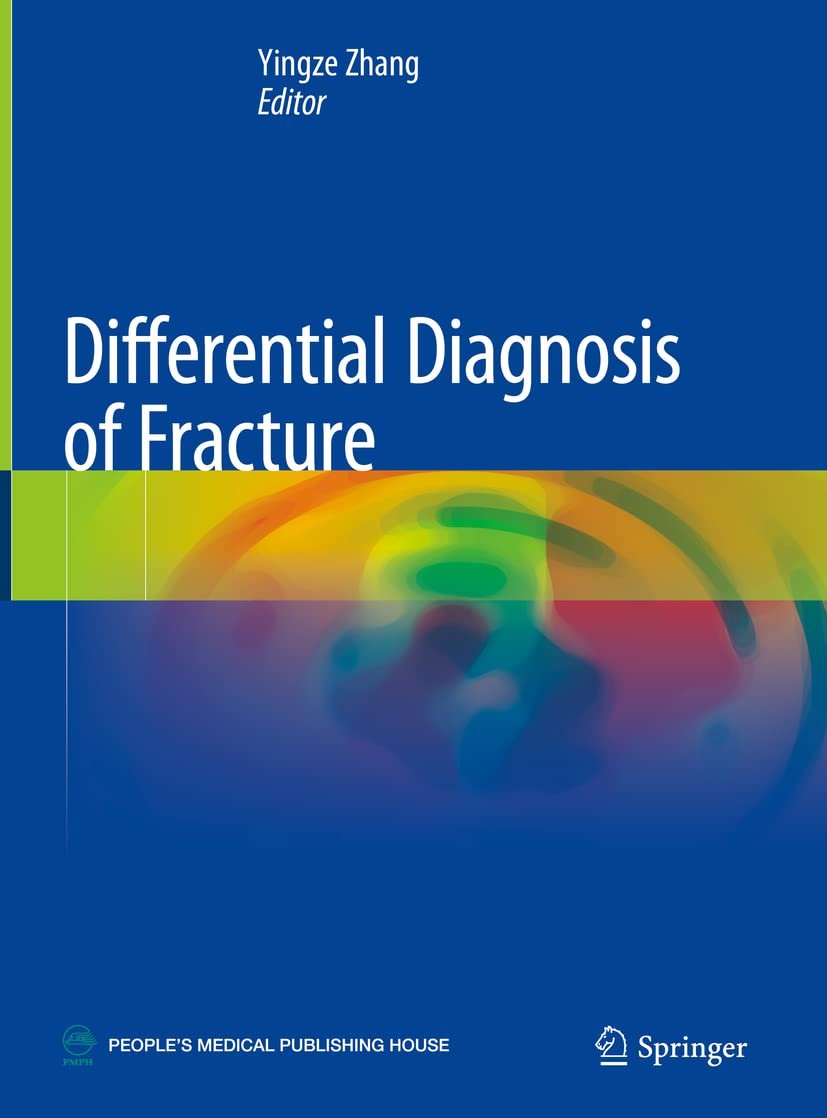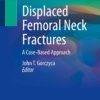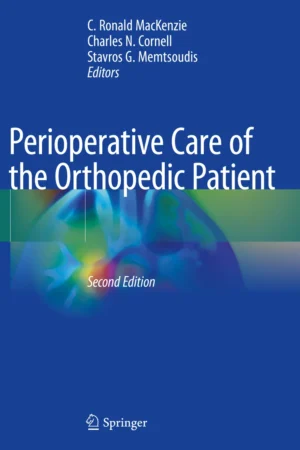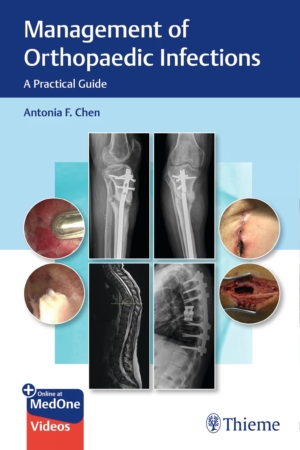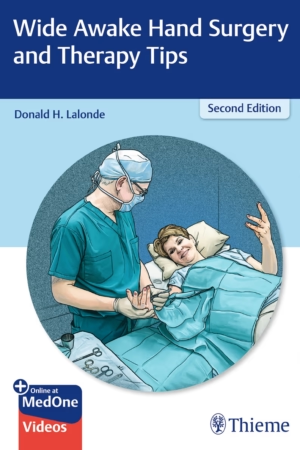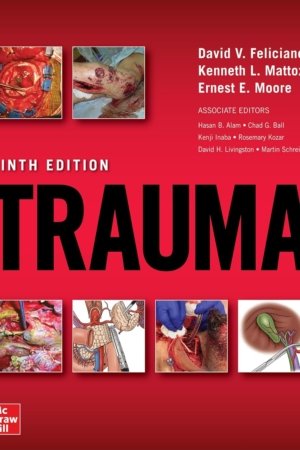Overview
Differential Diagnosis of Fracture PDF is a specialized medical reference that provides systematic guidance for distinguishing fractures from other musculoskeletal disorders. Written by leading experts in orthopedic surgery and radiology, this book integrates clinical evaluation, imaging interpretation, and pathophysiological insights. Moreover, it emphasizes the importance of accurate diagnosis to avoid mismanagement and to ensure the best patient outcomes.
Why This Book Matters
Fractures are among the most common injuries seen in emergency and orthopedic practice. However, many conditions such as ligament injuries, bone tumors, osteomyelitis, and congenital abnormalities can mimic fracture patterns on imaging or clinical examination. Therefore, accurate differential diagnosis is essential to prevent unnecessary interventions and to select appropriate treatment strategies. Furthermore, this book equips clinicians with evidence-based frameworks, comparative case studies, and imaging protocols to improve diagnostic accuracy. Consequently, it bridges the gap between clinical suspicion and definitive diagnosis.
For additional orthopedic and radiology guidelines, visit the American Academy of Orthopaedic Surgeons (AAOS) or explore imaging protocols from the Radiological Society of North America (RSNA).
Key Features
Comprehensive Clinical Approach
Detailed discussions on history taking, physical examination, and risk factor evaluation ensure a structured diagnostic pathway.
Imaging-Based Differentiation
Extensive use of X-ray, CT, and MRI examples highlights how to distinguish fractures from look-alike conditions.
Case-Based Learning
Real-world cases illustrate diagnostic pitfalls and provide solutions for accurate interpretation.
Evidence-Based Insights
Comparisons between conservative and surgical management pathways help clinicians refine decision-making.
Practical Tools
Flowcharts, diagnostic algorithms, and clinical pearls allow for quick reference in daily practice.
Who Can Benefit
This book is particularly valuable for:
-
Orthopedic surgeons managing acute and complex injuries
-
Radiologists specializing in musculoskeletal imaging
-
Emergency physicians evaluating trauma patients
-
Residents and fellows in orthopedic and trauma training programs
-
Medical libraries supporting surgical and radiology education
In addition, physiotherapists and rehabilitation specialists may find it useful for understanding diagnostic principles in fracture-related care.
Content Overview
The book covers:
-
Principles of differential diagnosis in musculoskeletal trauma
-
Distinguishing fractures from dislocations, sprains, and soft tissue injuries
-
Mimicking conditions such as infections, bone tumors, and metabolic bone disease
-
Imaging protocols for accurate diagnosis in complex cases
-
Case-based examples of diagnostic errors and corrective strategies
-
Practical guidelines for integrating clinical and imaging data
-
Recommendations for interdisciplinary collaboration in patient management
Moreover, by presenting both theoretical frameworks and applied clinical cases, the book ensures that readers can translate diagnostic knowledge directly into practice.
Conclusion
Differential Diagnosis of Fracture PDF is an authoritative resource that strengthens clinicians’ ability to distinguish fractures from other conditions. By combining anatomical precision, imaging expertise, and case-based learning, it empowers healthcare professionals to deliver accurate, timely, and patient-centered care. Therefore, it is a must-have reference for orthopedic surgeons, radiologists, and trainees worldwide.
🔗 Download from Freemedbooks.com
🔗 Purchase on Amazon.com

